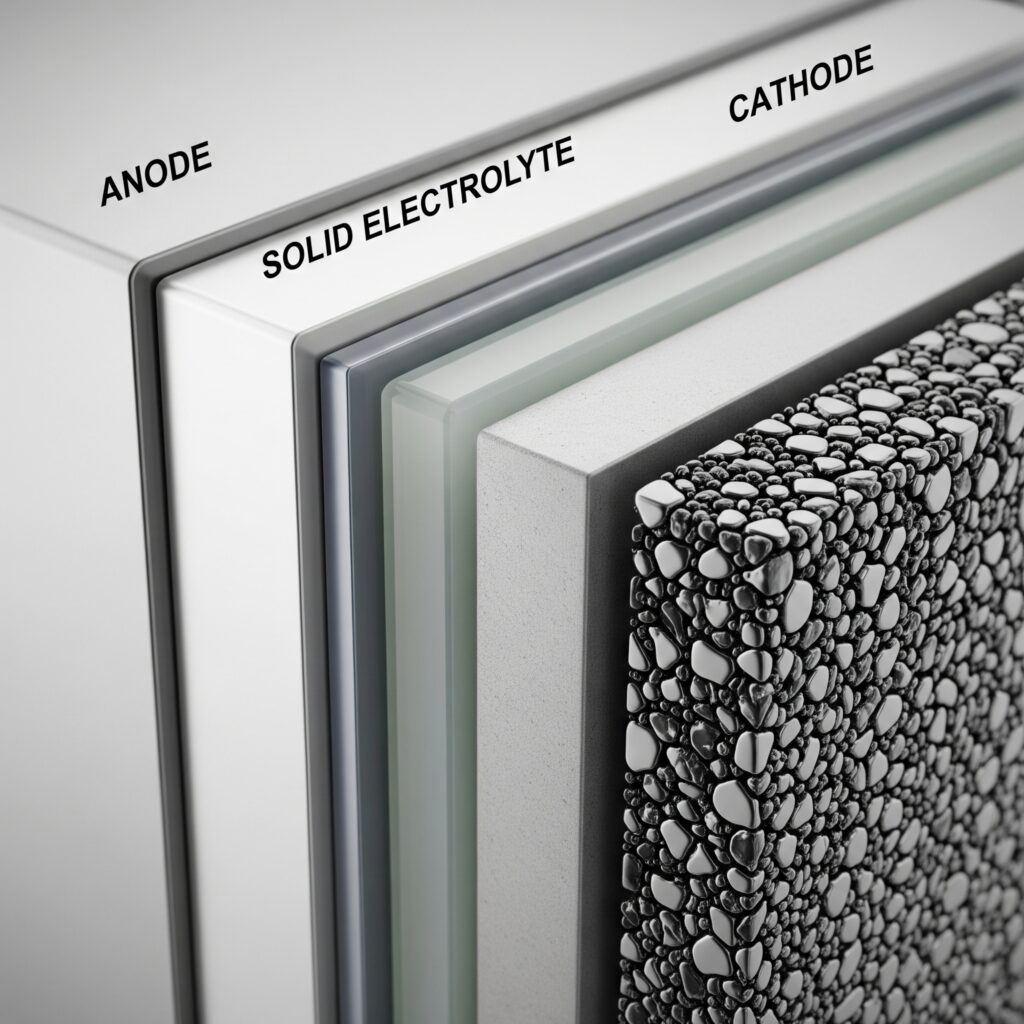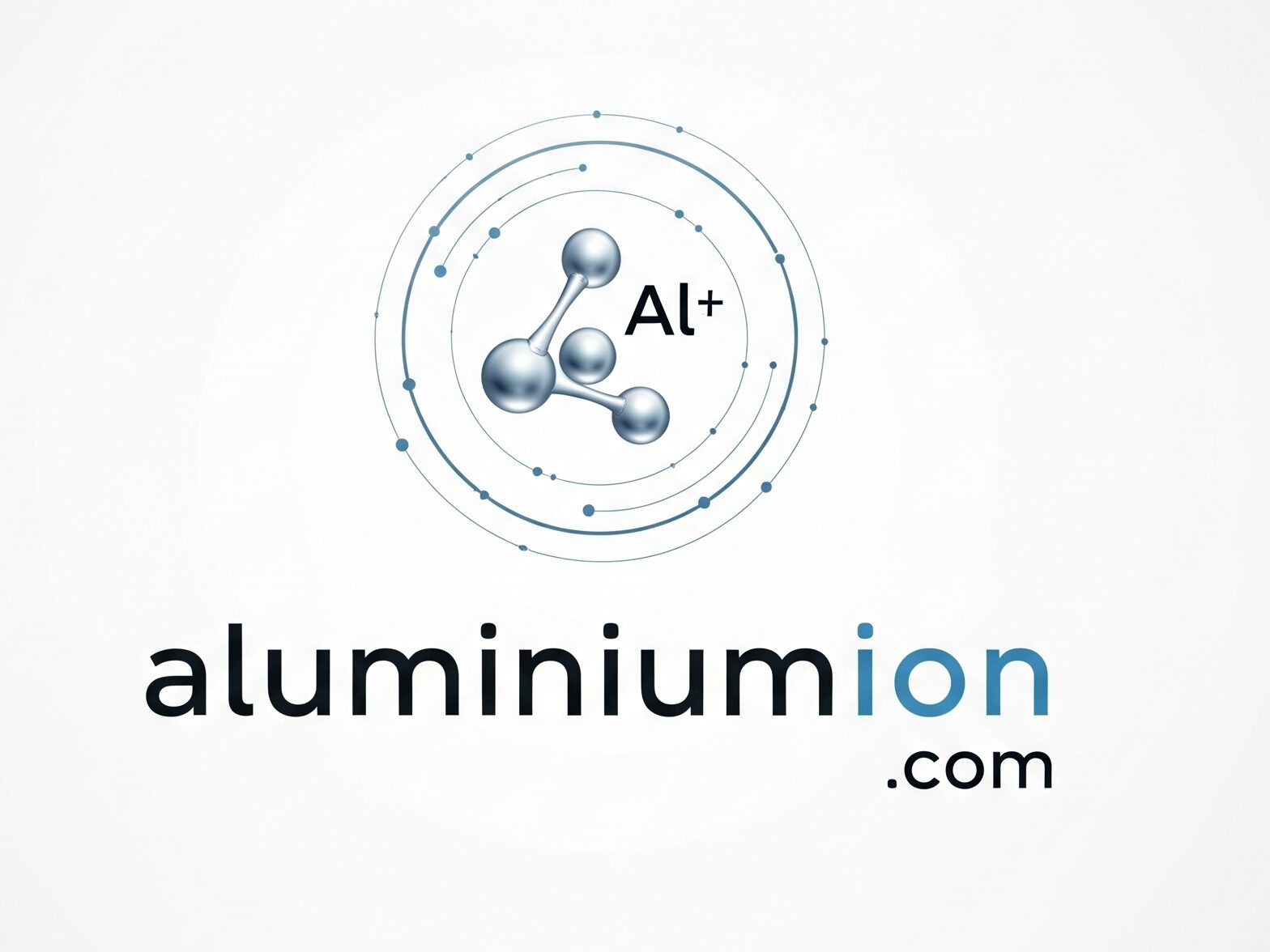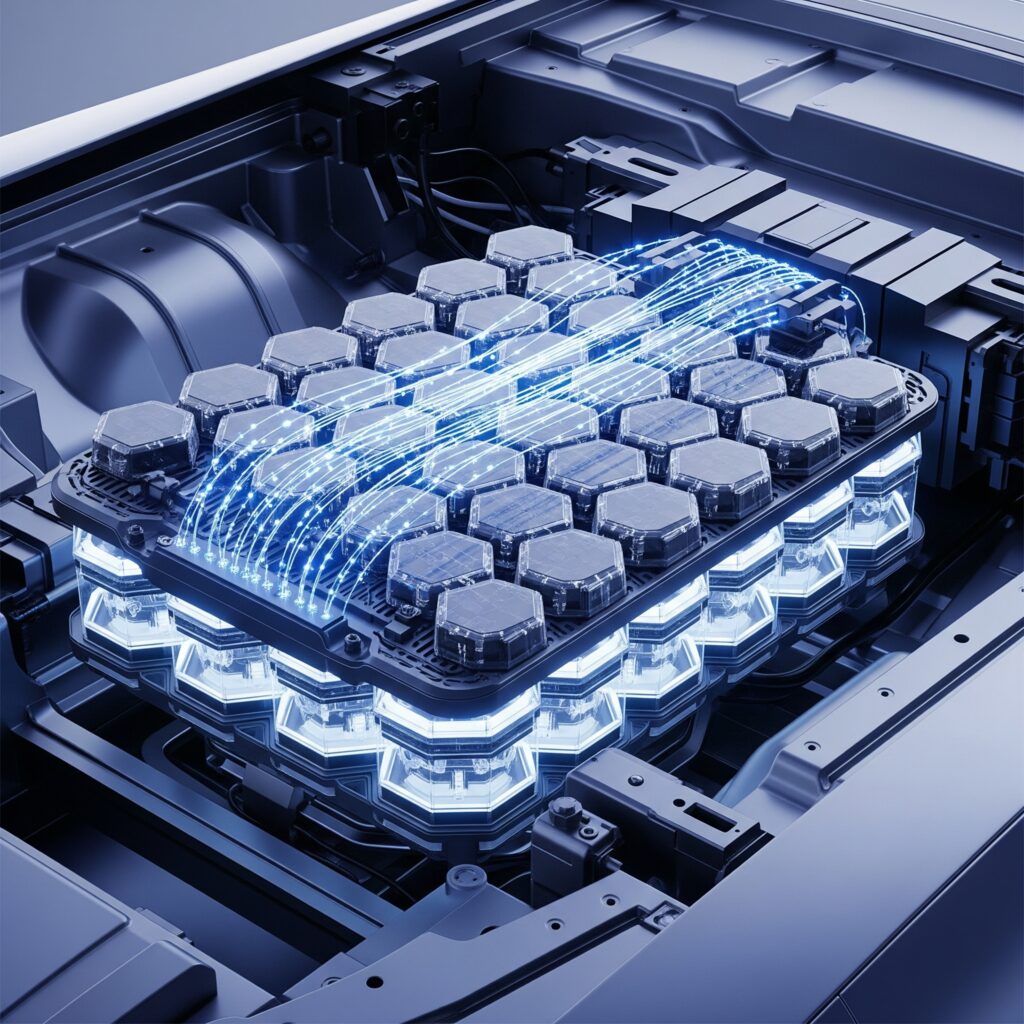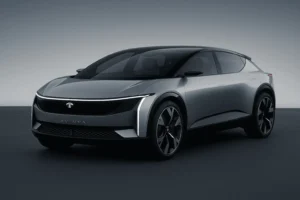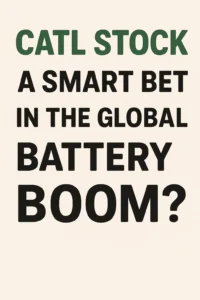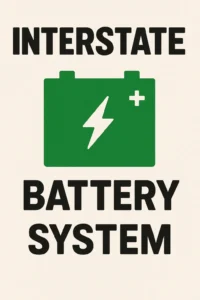The electric vehicle (EV) world is buzzing with rumors about a revolutionary new battery from Toyota. Whispers of a 1000-mile range and a 5-minute charge time have dominated headlines and YouTube videos, all pointing to a groundbreaking aluminum-ion battery. But what’s the real story behind these incredible claims? We dove deep into the official announcements to separate the hype from reality for our readers at aluminiumion.com.
The Aluminum-Ion Buzz
Recent online reports have been ablaze with claims of a game-changing aluminum-ion battery from Toyota. These reports, largely fueled by a series of viral YouTube videos, suggest that Toyota’s CEO, Koji Sato, has unveiled a battery that could make current lithium-ion technology obsolete. The rumored benefits include:
- A 1000-mile driving range
- A 5-minute charging time
- Lower cost and greater abundance of aluminum compared to lithium
- Improved safety and recyclability
If true, this would be the breakthrough the EV industry has been waiting for. But as with all things that sound too good to be true, a closer look at the official source is necessary.
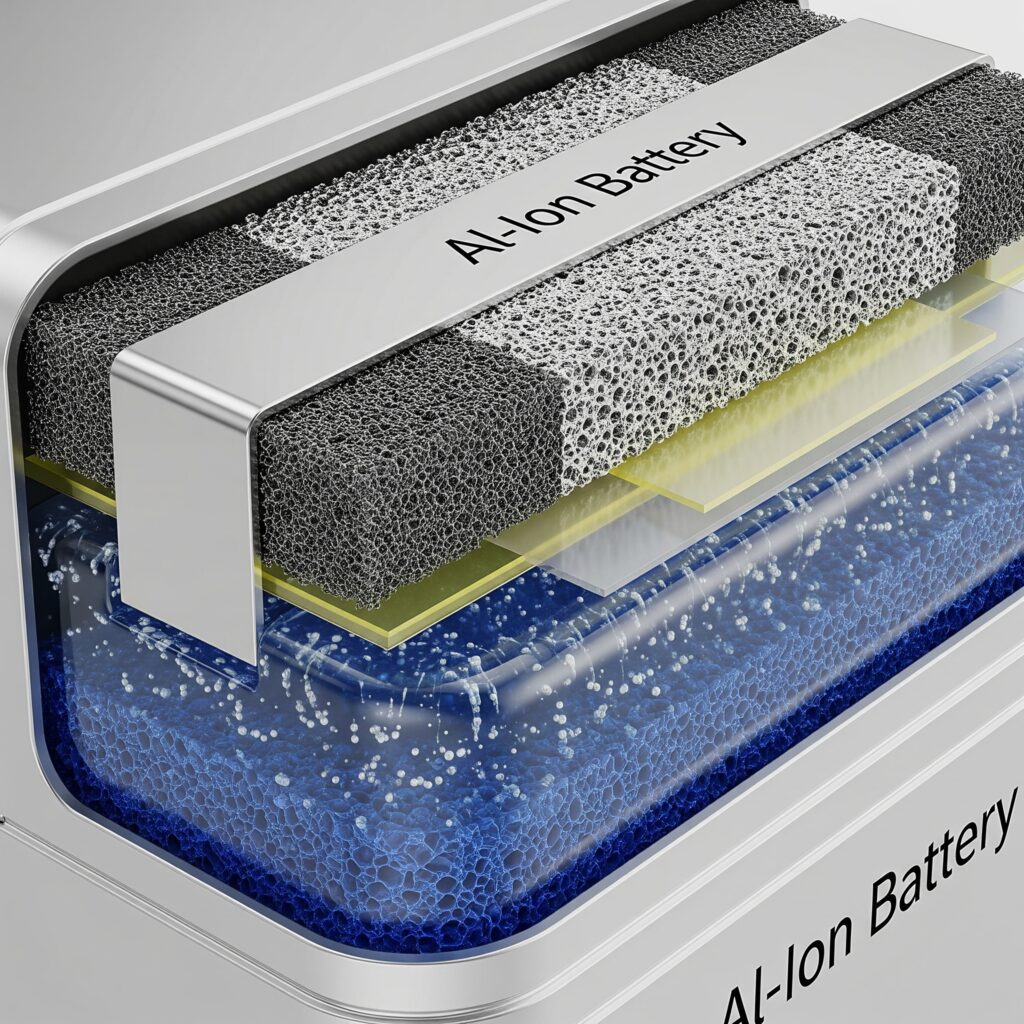
Toyota’s Official Roadmap: Solid-State is the Star
While the idea of an aluminum-ion battery is exciting, Toyota’s official battery technology roadmap tells a slightly different, but no less impressive, story. The company’s primary focus for next-generation battery technology is on solid-state batteries.
According to Toyota’s own news releases, they have made a significant breakthrough in solid-state battery technology and are aiming for mass production by 2027-2028. Here’s what Toyota’s solid-state batteries are expected to deliver:
- A 20% increase in cruising range compared to their upcoming “Performance” lithium-ion batteries, which are already targeting a range of over 800km (around 500 miles). This could mean a future range of nearly 1000km (over 600 miles).
- A rapid charging time of 10 minutes or less (from 10-80% state of charge).
- Improved safety due to the use of a solid electrolyte instead of a liquid one, which reduces the risk of fires.
